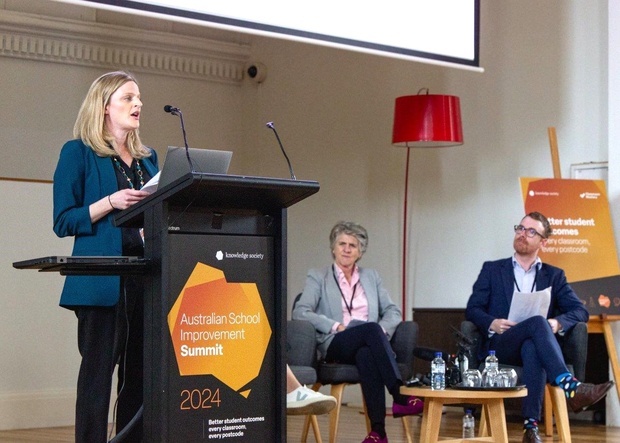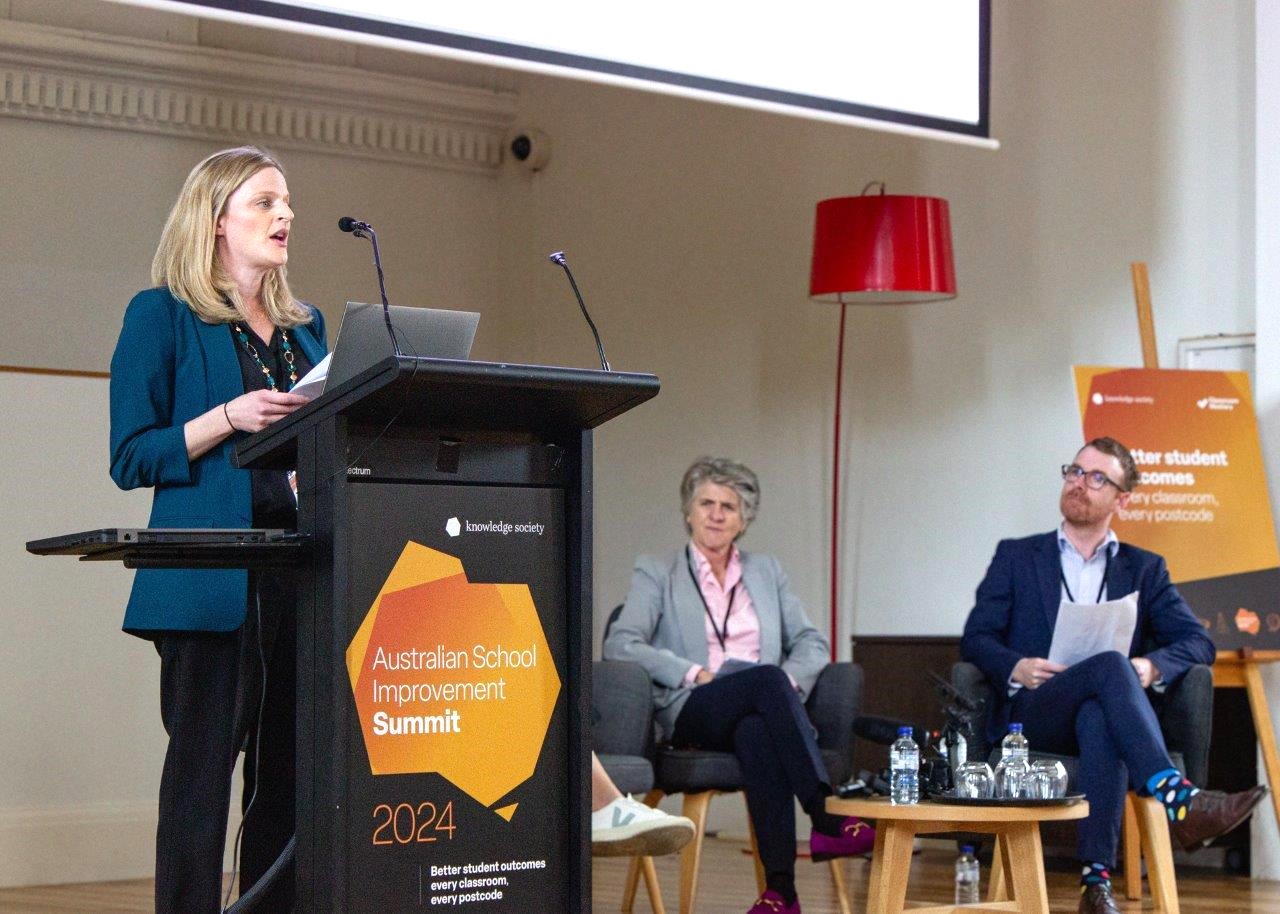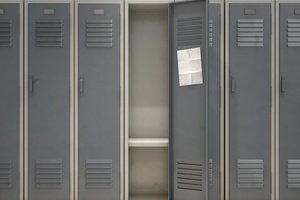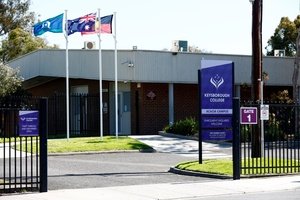Convening a discussion panel on strategies to address disadvantage, former journalist with The Australian and now senior consultant with the Shape Agency, Rebecca Urban reminded attendees at last week’s Australian School Improvement Summit in Melbourne just how dire things are.
“On both national and international benchmarks, Australian student achievement has stagnated over the past 20 years. On some measures, it has declined,” she shared.
For all its detractors, she argued, NAPLAN at least measures student capability and therefore school performance, and its results provide important insights that can and should inform policies and practices to address achievement gaps.
Glaring gaps in the educational outcomes of Indigenous versus non-Indigenous students are well documented and remain significant national concern, Urban acknowledged.
Most Closing the Gap 2031 targets, including Year 12 attainment, remain well behind.
“The further a younger person resides from a major city, the less likely they are to achieve high NAPLAN scores,” she lamented.
So what’s to be done? Where do we start? Beyond the ongoing school funding merry-go-round and the complexities of the Australian curriculum, are there other levers we can pull to address disadvantage and lift up students who are falling behind?
In WA, what’s called the Fogarty Edvance Program has been striving since its establishment in 2012 to provide students with educational equity, regardless of their postcode.
A three-year school improvement and leadership development program, Edvance sees school leadership teams work in cohorts to implement change through a robust strategic planning process, and ensure that what they do in their school aligns with the research and evidence about what works best.
“We work with schools by developing leadership capacity through helping to nurture a healthy school culture,” program lead Stacey Rowe told delegates gathered in Collingwood at the Catholic Leadership Centre.
“We also work with them to develop a strategic plan, which they can operationalise, by using evidence-based research to inform the decisions that they will make in regards to what they do in the strategic planning process.”
A former secondary school teacher, Rowe studied with Teach For Australia and has worked in 150 schools across her five years with the program.
While many schools involved in the program have had significant change with regards to their NAPLAN results, all schools have undergone major changes in health, behaviour, engagement and culture.
Rowe said the most powerful levers educators have to address disadvantage are teacher development and initial teacher education.
“We know about high-impact instruction, evidence-based practice and curriculum development, because we know that the core challenge to improving student outcomes is within school variability in teaching practice,” she said.
But while many schools know the ‘what’ in terms of what needs to be done, many get stuck on the ‘how’, she warned.
Teacher development or initial teacher education alone will not address disadvantage in schools, or ensure long-term changes or improvements in outcomes.
Rather, school improvement needs to be a more holistic process, Rowe explained.
“It is not just improving teaching practice, it is ensuring that a school has the mechanisms in place to support implementation.
“So, the mechanisms like having really robust collaborative processes, in terms of having high performance teams, having the really robust coaching and observation models, and also accountability practices and processes, to name a few.”
Rowe explained that schools need to develop a strong culture to support the implementation of evidence-based practice with consistency and fidelity across the school.

Socially and economically disadvantaged students are less likely to attend preschool, less likely to finish school and less likely to gain post-school qualifications.
So how does that work in real terms? Well, she continued, it’s all about developing a shared moral purpose, a strong vision and mission that drives all the staff in the school – developed by everyone, with students at the centre.
“We know that teachers in really disadvantaged schools in complex situations, have more challenging difficulties in the classroom, specifically with creating a calmer or more orderly environment,” Rowe shared.
“And this moral purpose is really important because staff need to believe that this is bigger than anyone, that the life outcomes of the students is what we are striving for.
"They also need to know what it is they need to do to develop this shared moral purpose.”
Once the staff are aligned on a moral purpose, Rowe continued, this becomes a cornerstone of all decisions that affect the school and sets the foundation for bringing staff along on the change journey.
“For these people, we then need to set out a change agenda or a strategic plan, according to their student data, like what areas do they need to focus on?
“At this stage, they will need to make decisions about what to implement based on this data.”
If they have behaviour or attendance issues, for example, it’s about creating a calm and orderly environment, she said.
It’s also about implementing structured literacy, reading intervention and all of those benefits-based practices in schools’ work to improve student outcomes.
Change, Rowe said, is really about doing things differently and interrogating the data and focusing on what matters.
“So schools need to decide on what they need to start doing, stop doing or keep doing according to research and evidence,” she said.
“Once the school plan is developed and schools have their direction on a way forward, teachers need to know why the change in practice is required, they need to know the narrative behind it, believe it, and know that this is what will help them achieve their moral purpose.”
By understanding the ‘why’, even if the leadership team leaves a school, and stats show that principal turnover can be higher in these schools than other schools, staff are compelled to continue with evidence-based practice, “because they understand the positive impact it has on students, and are less likely to divert back to former practices”, Rowe shared.
School leaders need to support staff and provide them with time to talk about the changes, work together to support one another to affect change, and ensure the focus of the ideas is about what matters, not operational matters that can be covered by a memo, she added.
Rowe flagged that due to varying levels of experience, knowledge and willingness to change, leaders will need to ensure they have a realistic pace of change to give teachers time to change their practice.
Accountability’s a biggie as well, and Rowe explained that once a school has a strategic plan, all staff need to be held accountable to achieve this, and that accountability starts with the leadership team.
Visibility on their part is vital, so things like attending professional learning and setting the example by ‘walking the walk’, so to speak, will enhance the school’s chances of success.
Leaders must invest, if staff are expected to invest, the former school teacher offered.
Institutionalising the practices into the very fabric of the school, so that it becomes second nature will mean when new staff commence in the school, they immediately know what is expected of them and they’re aligned with the moral purpose of the school, she said.
“We find that once teachers are on board, we can see the impact of their efforts, and also how they’re accountable to reaching this standard of practice,” Rowe concluded.
“They won’t want to see this discarded, even if there is a change in leadership and different views on pedagogy.”
Read more of our coverage on the Australian School Improvement Summit here, here and here.














